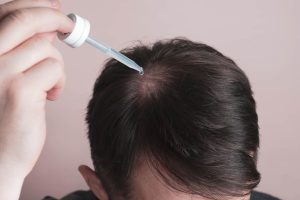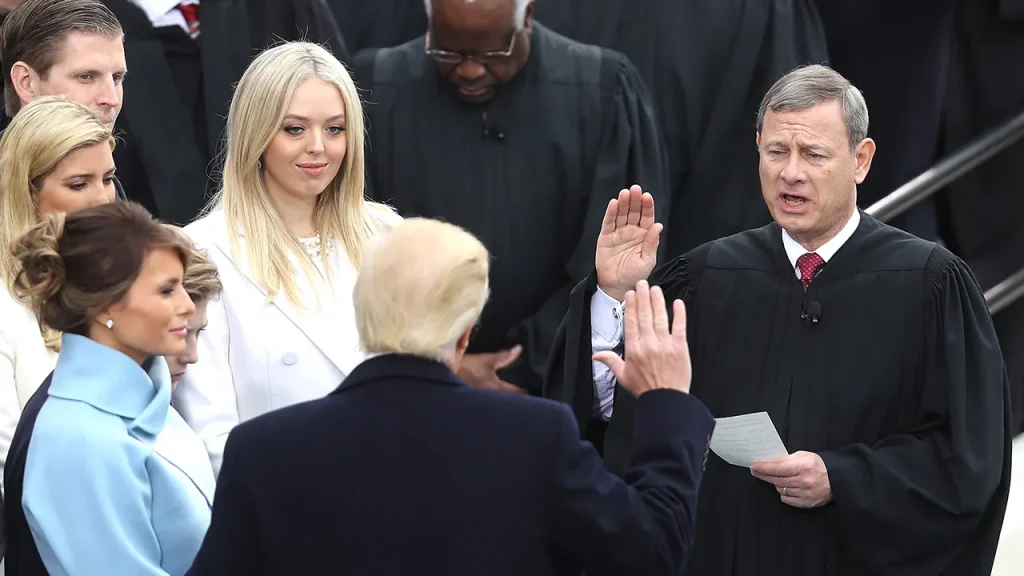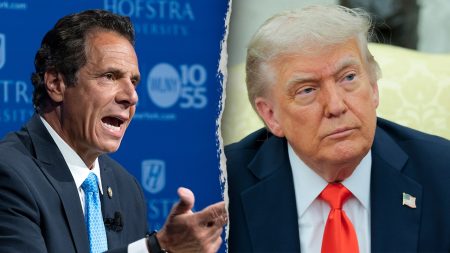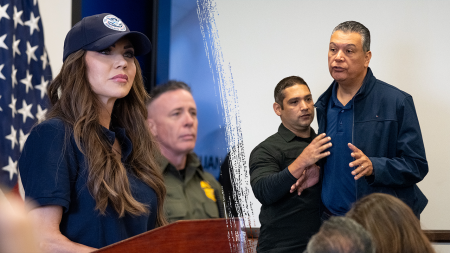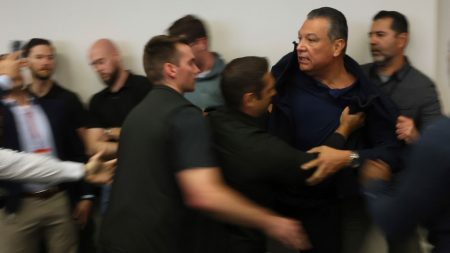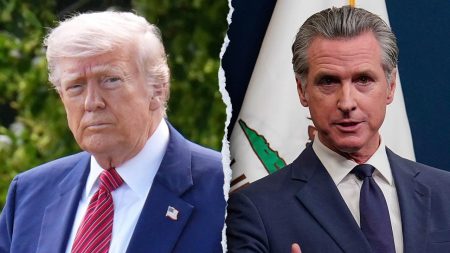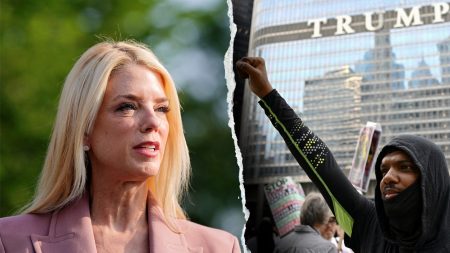Paragraph 1: A Ceremony of Unity and Tradition
The inauguration of a new president represents a rare confluence of the three branches of government, a symbolic display of national unity and the enduring strength of American democracy. This time-honored tradition, dating back nearly 240 years, will once again unfold with the administration of the presidential and vice-presidential oaths of office. Chief Justice John Roberts, a seasoned veteran of such occasions, will swear in President-elect Trump, marking his second time administering the oath to this particular president. Justice Brett Kavanaugh, a more recent addition to the Supreme Court, will swear in Vice President-elect JD Vance. The presence of the entire Supreme Court, clad in their judicial robes, underscores the solemnity and significance of the event.
Paragraph 2: Beneath the Surface of Cordiality
While the inauguration ceremony is intended to project an image of harmony and respect for the peaceful transfer of power, an undercurrent of tension may linger beneath the surface. President Trump’s previous criticisms of Chief Justice Roberts during the 2016 campaign, labeling him "an absolute disaster," create a unique dynamic for this particular inauguration. Despite this history, the formalities of the occasion demand a display of mutual respect and decorum, with the president traditionally thanking the chief justice immediately after taking the oath. The choice of Justice Kavanaugh to swear in JD Vance is noteworthy, given the close professional relationship between Kavanaugh and the incoming second lady, Usha Vance, who previously clerked for him.
Paragraph 3: The History and Evolution of the Oath
The Constitution mandates that executive officers, including the president, take an oath of office, but it doesn’t specify who should administer it. The tradition of Supreme Court justices performing this duty evolved over time, beginning with Associate Justice William Cushing swearing in George Washington for his second term. The location of the ceremony has also varied throughout history, from indoor chambers to outdoor settings. The first outdoor inauguration took place in 1817, when James Monroe took the oath in front of the Old Brick Capitol. The site of that ceremony is now occupied by the Supreme Court building.
Paragraph 4: The Words and Rituals of the Oath
The Constitution prescribes the exact 34-word oath of office, but the addition of "so help me God" is a tradition, not a requirement. While historical accounts differ on whether George Washington was the first to add this phrase, it has become a common practice for presidents to include it. The use of a Bible is also customary, with the president placing a hand on it while reciting the oath. The choice of Bible often holds symbolic significance, with presidents sometimes opting for family Bibles or historically significant ones, such as the Lincoln Bible.
Paragraph 5: Navigating the Nuances of Tradition
The inauguration ceremony is steeped in tradition, and even slight deviations can attract attention. Chief Justice Roberts’ minor stumble during President Obama’s first inauguration in 2009 led to a re-administration of the oath the following day. The timing of the oath is also crucial, as the president officially assumes office at noon, regardless of any delays in the ceremony. Past inaugurations have seen various officials administer the vice-presidential oath, including House Speakers and Supreme Court justices. The role of the spouse holding the Bible has also become a tradition, adding a personal touch to the formal proceedings.
Paragraph 6: The Attire and Accessories of Tradition
The justices’ attire at the inauguration, particularly their black robes and occasional skullcaps, adds a distinctive visual element to the ceremony. These brimless hats, a vestige of British court tradition, have been worn by justices at inaugurations for over a century. While their use has become less common in recent years, some justices continue to embrace this unusual headgear. The skullcaps, along with the justices’ prominent seating on the inaugural platform, make them readily identifiable amidst the crowd. The justices’ presence and attire serve as a reminder of the judiciary’s role in the peaceful transfer of power and the continuity of American governance.

